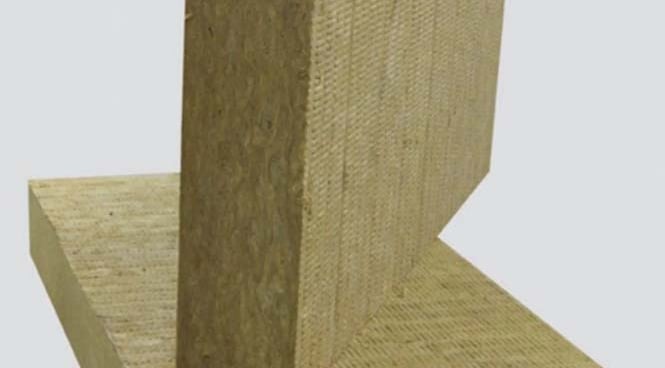advantages of rock wool
Blog post description.
5/16/20253 min read


Nitrile Rubber (NBR) and EPDM (Ethylene Propylene Diene Monomer) are both synthetic elastomers with distinct properties, making them suitable for different applications. Here’s a breakdown of the advantages of NBR over EPDM:
Advantages of Nitrile Rubber (NBR) Compared to EPDM:
1. Oil and Fuel Resistance
NBR is highly resistant to oils, fuels, lubricants, and hydrocarbons, making it ideal for applications where exposure to petroleum-based products is common (e.g., automotive seals, gaskets, fuel hoses).
EPDM, on the other hand, lacks resistance to oil, making it unsuitable for these environments.
2. Better Resistance to Solvents and Chemicals
NBR performs better than EPDM when exposed to aliphatic hydrocarbons (such as oils and gasoline) and some solvents (e.g., ketones, alcohols).
EPDM is more resistant to polar solvents but not as effective with oils and fats.
3. Improved Compression Set Resistance
NBR has better compression set resistance, meaning it maintains its shape and elasticity better over time, especially under compression.
EPDM can experience a greater compression set in some conditions, which can lead to sealing failures in certain applications.
4. Good Wear and Tear Resistance
NBR has superior abrasion resistance, making it suitable for use in sealing applications and high-wear environments like automotive seals and gaskets, where friction and contact are frequent.
While EPDM offers good durability, it is not as effective in wear-prone applications.
5. Lower Cost
NBR tends to be less expensive than EPDM, which makes it more cost-effective for general-purpose sealing and insulation, especially in industries where budget is a consideration (e.g., automotive, industrial).
6. Higher Tensile Strength and Durability
NBR offers a higher tensile strength, which gives it a mechanical advantage in applications that require resistance to tearing or breaking under strain.
EPDM, while durable, is not as strong under tension.
十advantages of rock wool
Rock wool (also known as mineral wool or stone wool) is a versatile insulation material made from natural volcanic rocks like basalt or diabase. It’s used in a wide range of applications, particularly in construction, industrial, and fireproofing scenarios. Here are the key advantages of rock wool:
Advantages of Rock Wool
1. Excellent Thermal Insulation
Low thermal conductivity (typically 0.035–0.045 W/m·K)
Effective heat insulation for both cold and hot environments (used in pipes, walls, roofs, etc.)
Helps in reducing energy consumption and improving energy efficiency.
2. Fire Resistance
Non-combustible material (can withstand temperatures up to 1,000°C or more).
Fireproofing properties make it ideal for fire-resistant walls, ceilings, and floors.
Widely used in fire barriers, fire-resistant doors, and compartmentalized construction.
3. Sound Absorption
Rock wool provides excellent acoustic insulation, reducing noise transmission and improving soundproofing.
Commonly used in soundproofing walls, ceilings, and industrial equipment.
4. Moisture Resistance
Water-repellent: Does not absorb water or moisture, unlike other insulation materials like cellulose or fiberglass.
Prevents mold growth by staying dry and resisting water damage, making it ideal for wet or humid environments.
5. Durability
Long-lasting: Rock wool does not degrade over time, even when exposed to harsh conditions.
Resistant to aging, rot, and decay, ensuring a long service life.
6. Sustainability and Environmental Benefits
Made from natural, abundant, and renewable raw materials (e.g., basalt rock).
Recyclable and does not release harmful substances during use or disposal.
Does not contain harmful chemicals such as formaldehyde or asbestos.
7. High Density and Strength
Strong and rigid: Provides structural support in insulation systems, particularly in high-load situations.
Impact resistance: Can handle physical stresses like compression and impact without compromising insulation performance.
8. Easy to Handle and Install
Rock wool is easy to cut and shape to fit into various spaces and around obstacles, making installation straightforward and quick.
Available in various forms like batts, blankets, and boards, making it adaptable to different building designs.
9. Cost-Effective
Generally more affordable than alternative insulation materials like fiberglass and foam.
Offers good value for its superior performance in thermal and acoustic insulation.
